There’s something very special inside a proton and neutron that holds the key.
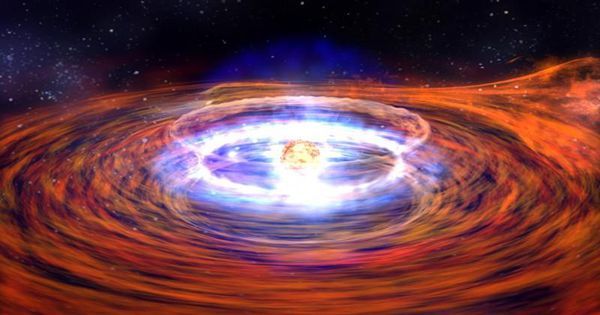

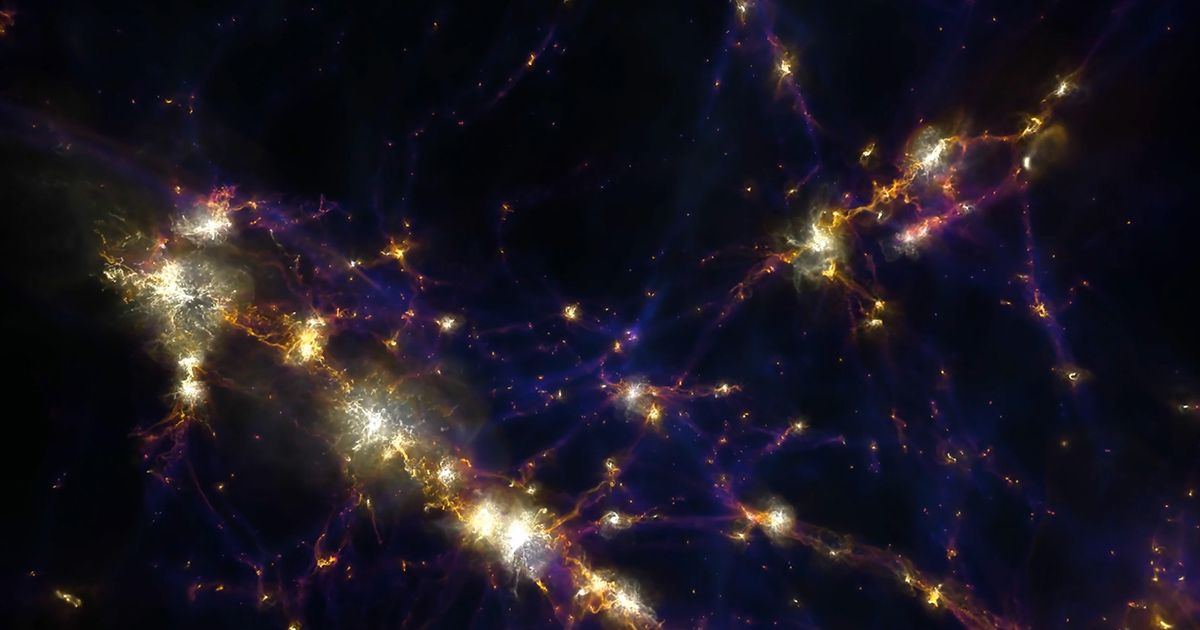

The typical contemporary view assumes that there is going to be some deep tension between faith and science. From our perspective that’s an illusion.
Washington D.C., Jun 10, 2018 / 05:00 am (CNA).- A Thomistic philosopher, an evolutionary biologist, and a Harvard astronomy professor walk into a bar. Well, not a bar.
But they did walk into a Washington, D.C. symposium this week, at which graduate students, professors, religious sisters, and other curious Catholics discussed highly technical scientific questions over bourbon and pecan pie, late into the night.
The three-day conference, co-sponsored by the Thomistic Institute and the Society of Catholic Scientists, brought together nearly 70 professors and graduate students from Princeton, Harvard, Yale, MIT, the University of Chicago, and other universities across the country to examine the intersection of faith and science.
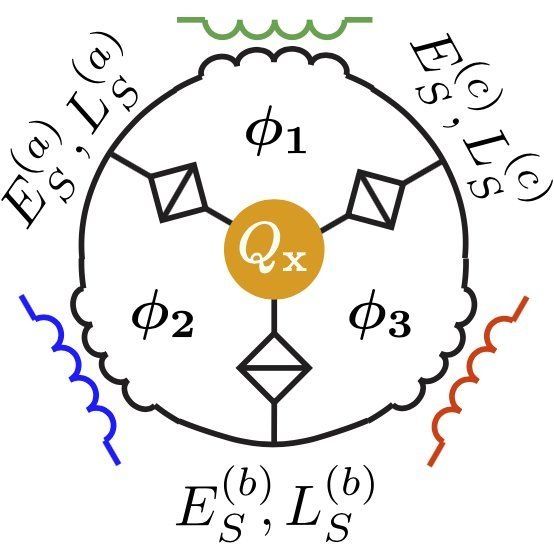
It was a good week for physics as a team with members from Australia and Switzerland invented a flux capacitor able to break time-reversal symmetry. They proposed a device based on quantum tunneling of magnetic flux around a capacitor. And another team with members from across the U.S. reported on a gravitational wave event that likely signaled the creation of a black hole—the merger of two neutron stars.
In biology news, a team of engineers led by Sinisa Vukelic invented a noninvasive technique to correct vision. Like LASIK, it uses lasers but is non-surgical and has few side-effects. And an international team of researchers found what they describe as the mother of all lizards in the Italian Alps, the oldest known lizard fossil, from approximately 240 million years ago. Also, a team at the University of Sydney found that walking faster could make you live longer. People do not even need to walk more, the team reported, they just need to pick up the pace of their normal stride to see an improvement in several health factors. And a team from Cal Poly Pomona discovered how microbes survive clean rooms and contaminate spacecraft—and it involved the cleaning agents themselves.
In other news, a team of researchers from the University of California and the University of Southern Queensland announced that they had identified 121 giant planets that may have habitable moons. And a team at Stanford University found that wars and clan structure might explain a strange biological event that occurred 7,000 years ago—male genetic diversity appeared to collapse for a time. Also, a team of researchers from MIT and Harvard University report the development of a 3D printer that can print data sets as physical objects—offering far more realistic, nearly true-color renderings.
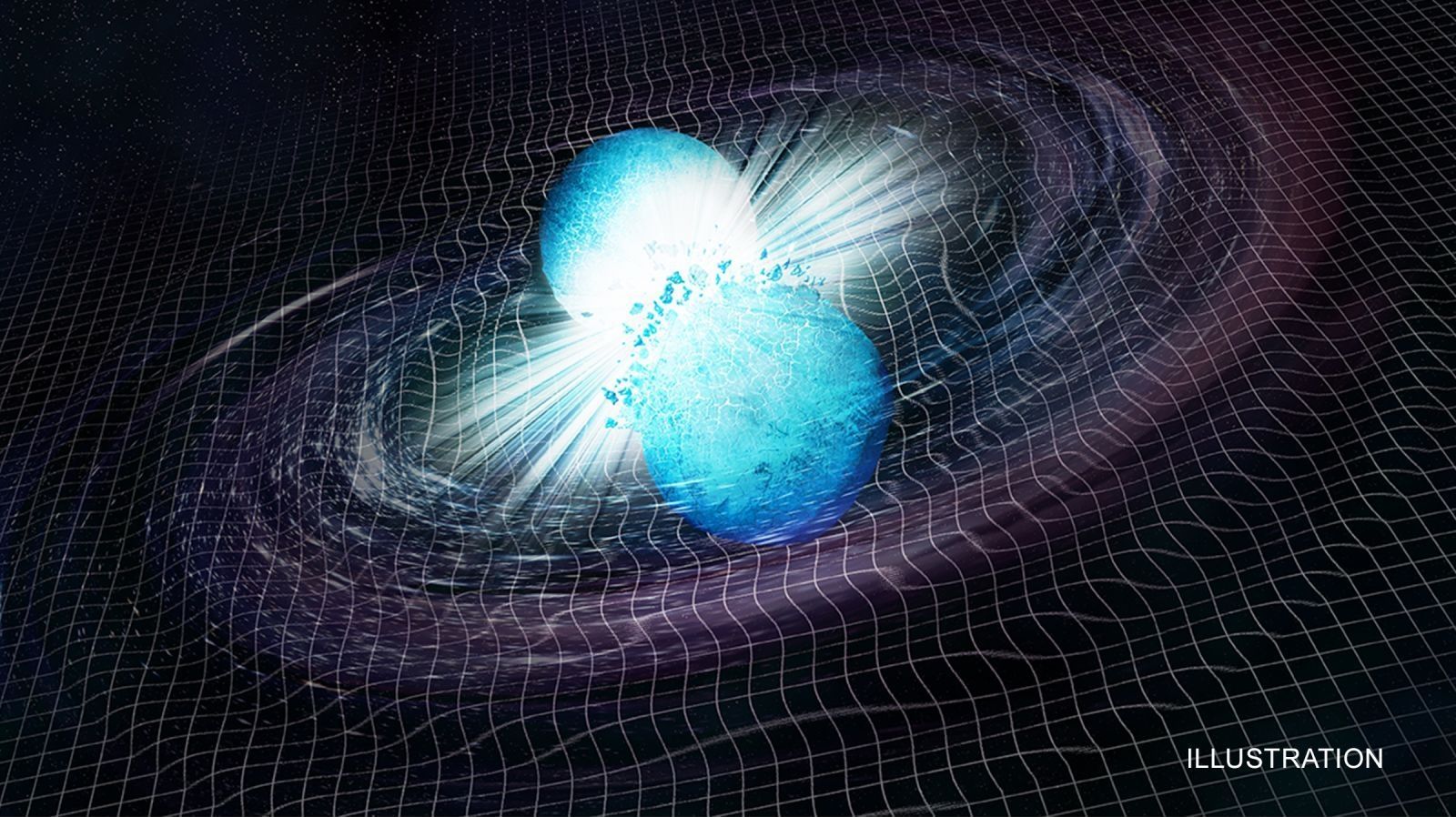
On August 17, 2017, astronomers witnessed an extraordinary celestial event: a collision between two ultra-dense neutron stars. Scientists had never seen anything quite like it, leading to much speculation as to what happened in the wake of the monumental encounter. New research now suggests the collision produced a black hole—but if true, it would be the lightest black hole known to science.
The thought of two neutron stars smashing into each other is nothing short of astounding. Neutron stars are stellar corpses—the remnants supernovae—and they cram a huge amount of mass into a ludicrously small sphere. Typical neutron stars are only as wide as a large city, but they’re about a half million times more massive than Earth, or about two solar masses.
A collision of two neutron stars may seem unlikely, but it happened. Data from the Laser Interferometer Gravitational Wave Observatory (LIGO) and the Virgo interferometer showed that shit got completely wild in the moments leading up to the colossal smash up. For a period of about two minutes, the binary pair spiraled around each other with unimaginable speed, spewing gravitational waves into the cosmic void. Each orbit brought the pair closer together, culminating in a collision that produced a giant shockwave.

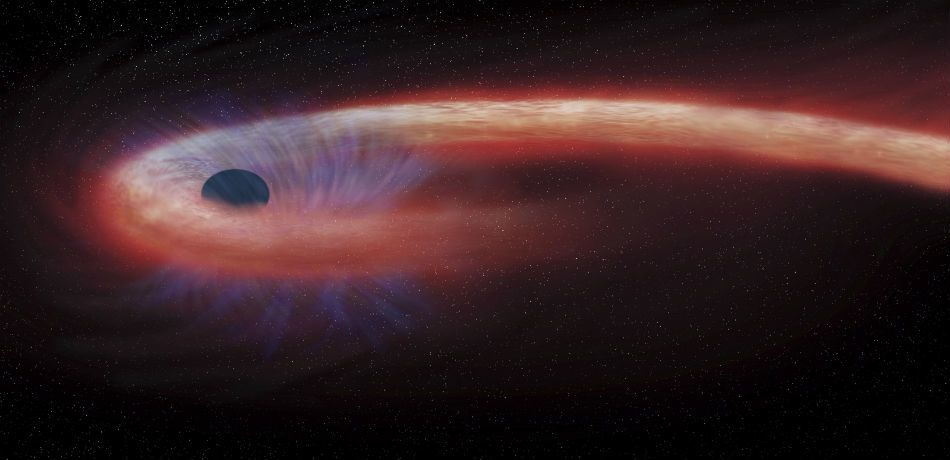
The telescope may give us a long-awaited glimpse at what lies behind the cosmic veil of the Milky Way’s super-massive black hole.
Scientists have used telescopes from all over the earth to edge closer to imaging the supermassive back hole (SMBH) at the center of the Milky Way, reports Newsweek. An SMBH, the largest type of black hole, is found in the middle of almost all known massive galaxies. The SMBH that inhabits our galaxy is located at approximately the galactic center of the galaxy (18hrs, −29 deg), and it is known as Sagittarius A*.
Pronounced Sagittarius A-star, this spiral structure within Sagittarius A West and Sagittarius A East “contains an intense compact radio source.” It’s located approximately 26,000 light years away from earth, and it can’t be seen by normal optics. Instead, Sagittarius A* lies hidden beneath the Milky Way’s enormous dust clouds.
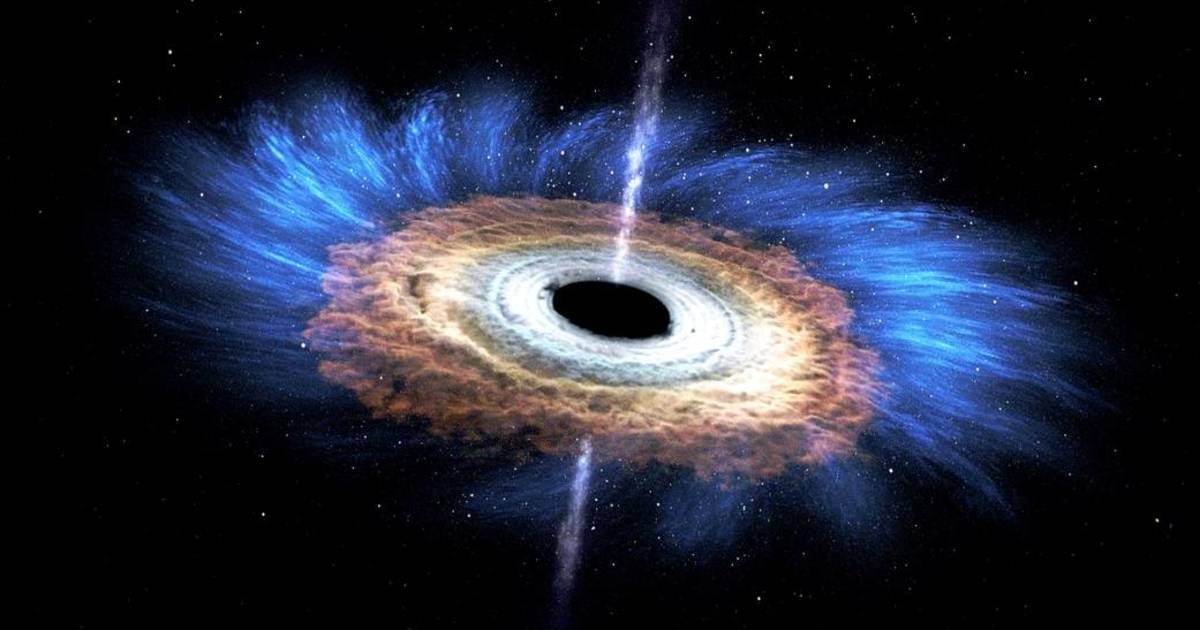
Astronomer Misty Bentz would like you to know that black holes don’t suck. “They’re not cosmic vacuum cleaners going around and sucking everything in,” she says. “They just use gravity the same way everything else does.”
Instead of a cosmic drinking straw, a black hole is a place in the universe that is so massive and dense that anything caught in its significant gravitational pull is unable to escape.
Black holes have been in the news a lot lately, from the swarm found near the supermassive black hole at the center of our galaxy, to the fastest-growing black hole ever observed, which ingests the equivalent of the mass of our Sun every two days, to the most distant black hole ever detected, dating to the dawn of the universe. From their inception to their potential demise far in the future, black holes are a fascinating part of our universe. Here’s their story as we understand it now, from start to finish.
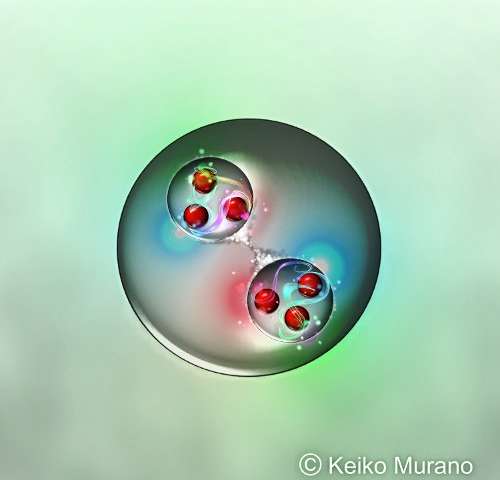
Based on complex simulations of quantum chromodynamics performed using the K computer, one of the most powerful computers in the world, the HAL QCD Collaboration, made up of scientists from the RIKEN Nishina Center for Accelerator-based Science and the RIKEN Interdisciplinary Theoretical and Mathematical Sciences (iTHEMS) program, together with colleagues from a number of universities, have predicted a new type of “dibaryon”—a particle that contains six quarks instead of the usual three. Studying how these elements form could help scientists understand the interactions among elementary particles in extreme environments such as the interiors of neutron stars or the early universe moments after the Big Bang.
Particles known as “baryons”—principally protons and neutrons—are composed of three quarks bound tightly together, with their charge depending on the “color” of the quarks that make them up. A dibaryon is essentially a system with two baryons. There is one known dibaryon in nature—deuteron, a deuterium (or heavy-hydrogen) nucleus that contains a proton and a neutron that are very lightly bound. Scientists have long wondered whether there could be other types of dibaryons. Despite searches, no other dibaryon has been found.
The group, in work published in Physical Review Letters, has now used powerful theoretical and computational tools to predict the existence of a “most strange” dibaryon, made up of two “Omega baryons” that contain three strange quarks each. They named it “di-Omega”. The group also suggested a way to look for these strange particles through experiments with heavy ion collisions planned in Europe and Japan.
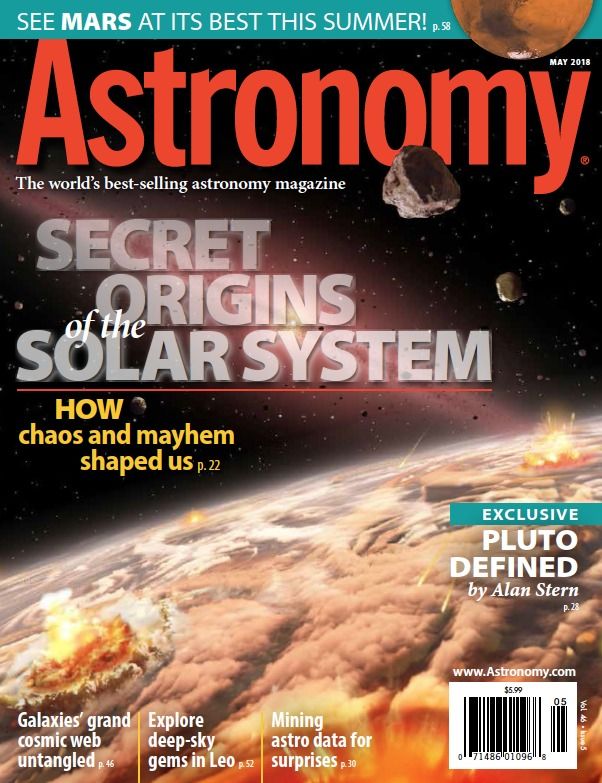
Astronomy.com is for anyone who wants to learn more about astronomy events, cosmology, planets, galaxies, asteroids, astrophotography, the Big Bang, black holes, comets, constellations, eclipses, exoplanets, nebulae, meteors, quasars, observing, telescopes, NASA, Hubble, space missions, stargazing, and more.